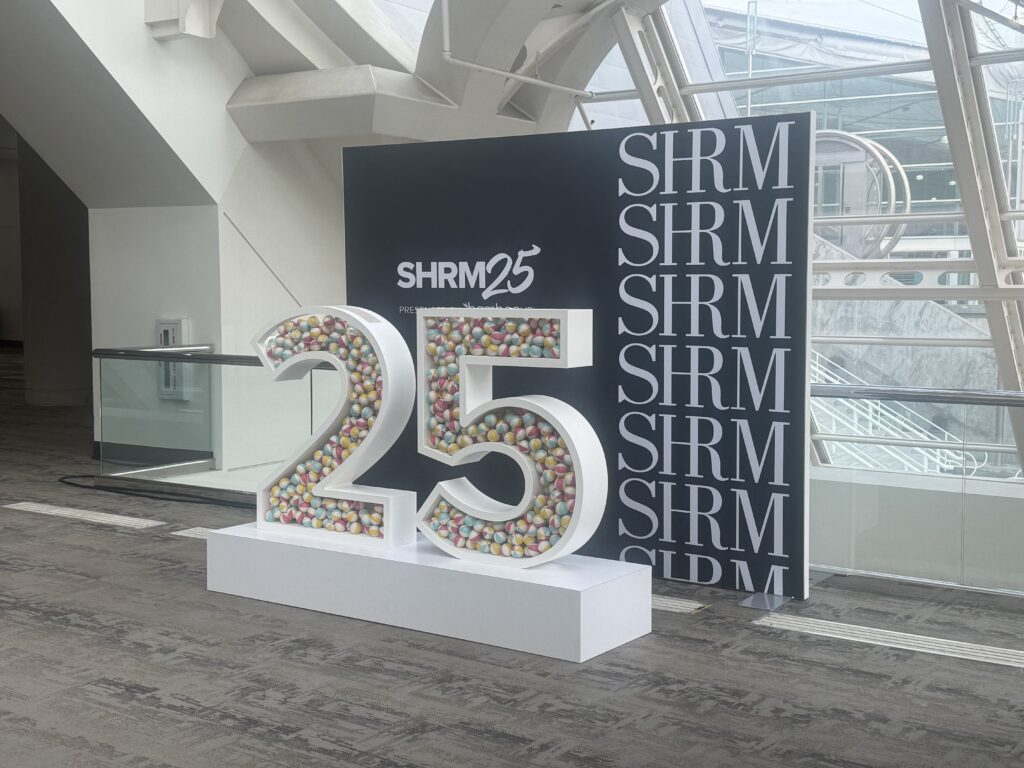Employees that drive their personal vehicle for work require reimbursement. It’s not just the right thing to do. In many states, not reimbursing employees for business mileage is a violation of labor law. What method do most businesses use for mileage pay? Which one is best for your company?
Avoiding Tax Waste
A number of companies use a car allowance vehicle program. With a car allowance, businesses pay employees a monthly flat amount. Businesses can easily administer the program and easily account for the consistent amounts paid out. However, there are considerable downsides.
First, because car allowances aren’t tied to specific trips or business mileage, they are considered additional income. As such, they’re taxed. Take for example the average car allowance of 2021, $575. After takes, employees will only see $391.
Second, car allowances do not consider the annual mileage of each driver, or the costs of vehicle ownership in their area. High mileage drivers may find that $393 failing to get them through a month of business travel. On the other hand, lower mileage drivers will have plenty left over. Simply put, car allowances are unfair to high mileage drivers, and incentivize them to drive less, making it a poor vehicle program for equitable mileage pay.
Avoiding Mileage Fraud
A large number of companies also use a mileage reimbursement, or cents-per-mile (CPM) program. These programs pay employees cents-per-mile for each business mile driven in their personal vehicle. Most companies pay at the IRS mileage rate, which is not its intended purpose and often overpays employees.
While better than a car allowance, a traditional CPM program leaves much to be desired. This program requires employees to manually record their mileage, their odometer, the date and other information to make an IRS compliant mileage log. Unfortunately, this adds administrative burden for mobile workers and increases the risk of mileage fraud.
CPM programs are best administered in companies with an app that captures mileage. When implemented correctly, this ensures IRS compliance and prevents mileage fraud. Additionally, this program is best suited for employees who drive no more than 500 business miles each month. Mileage rates intended for low mileage employees applied to high mileage employees quickly becomes cost prohibitive.
Ensure Equitable Mileage Pay
Both car allowance and CPM vehicle programs can fail to reimburse employees for the costs of operating a vehicle specific to their location. Even properly administered, CPM programs used for a mobile workforce spread country wide will overpay employees in areas with lower gas prices and underpay those with higher gas prices. That’s where the fixed and variable rate (FAVR) program comes in handy.
The FAVR program reimburses employees for both the fixed and variable costs of vehicle ownership. What does that mean exactly? Let’s look at the fixed costs: license renewal and registration, insurance, etc. Those are dependable monthly amounts that rarely change. Now let’s look at the variable costs: fuel, tires, maintenance. These shift fairly often. A FAVR program takes those costs into account and reimburses employees fairly. How fairly?
Consider the average sales rep in Los Angeles, California. The price they pay for gas is considerably higher than that of the average sales rep in El Paso, Texas. There are other differences between the two locations: vehicle registration, insurance, maintenance. FAVR registers these differences when reimbursing employees, ensuring their mileage pay takes each factor into account. This makes FAVR the most accurate option for mileage pay.
Curious to learn more about FAVR and the implementation process?







